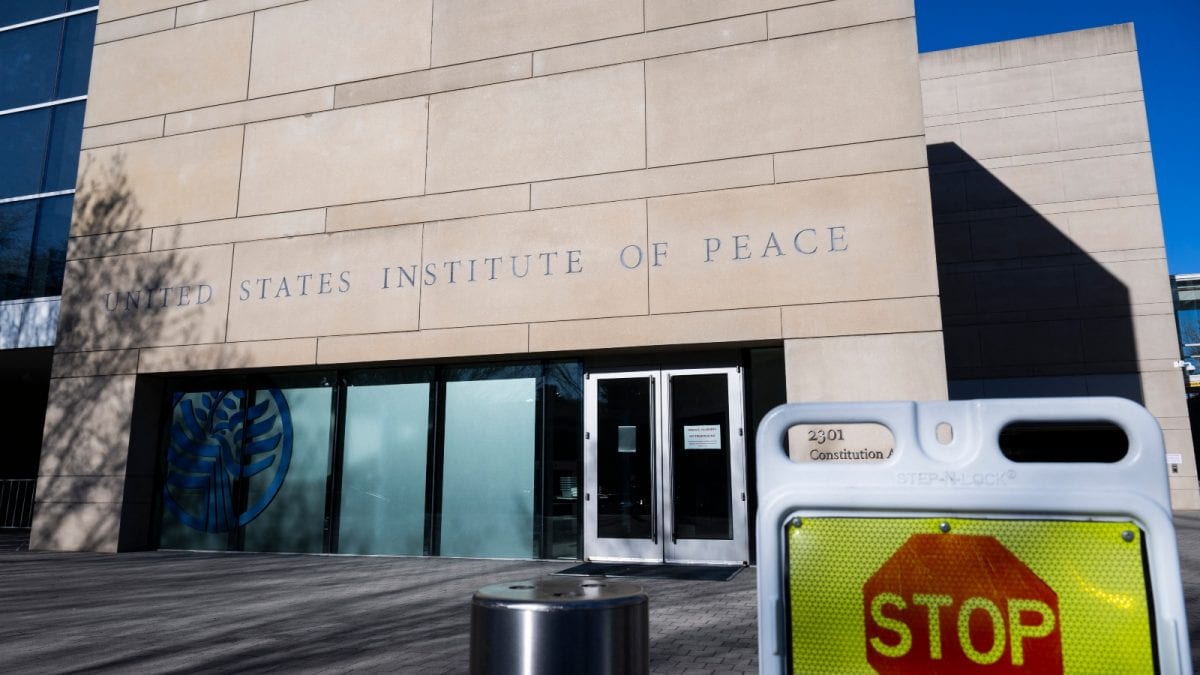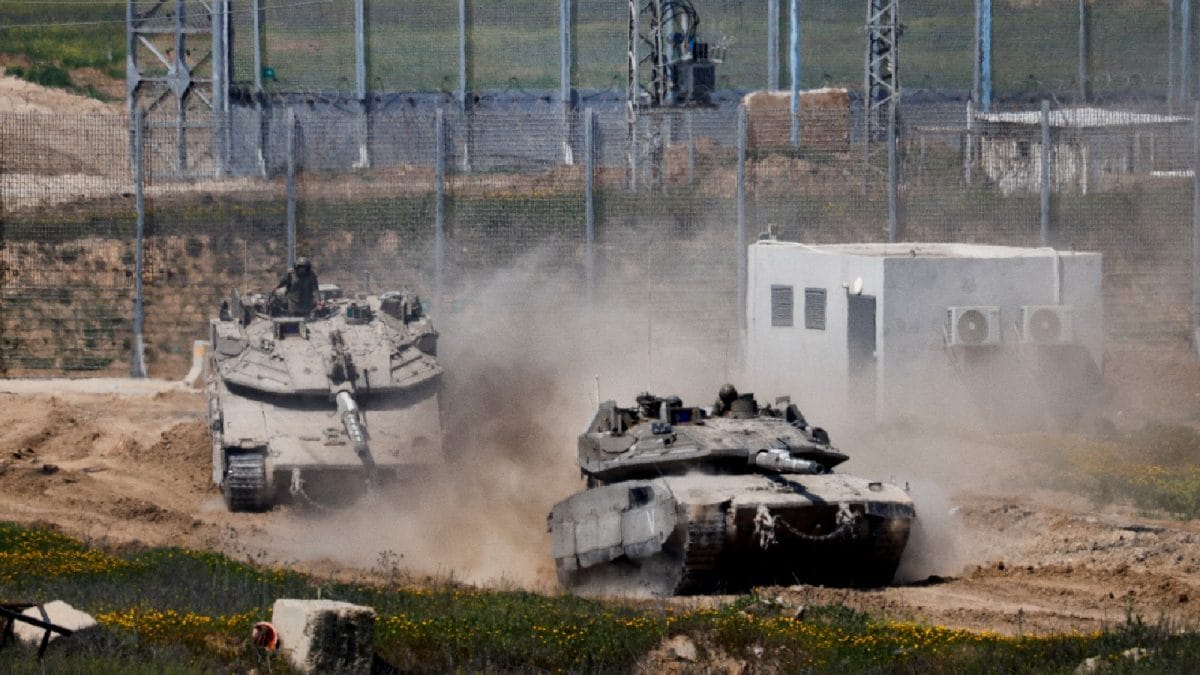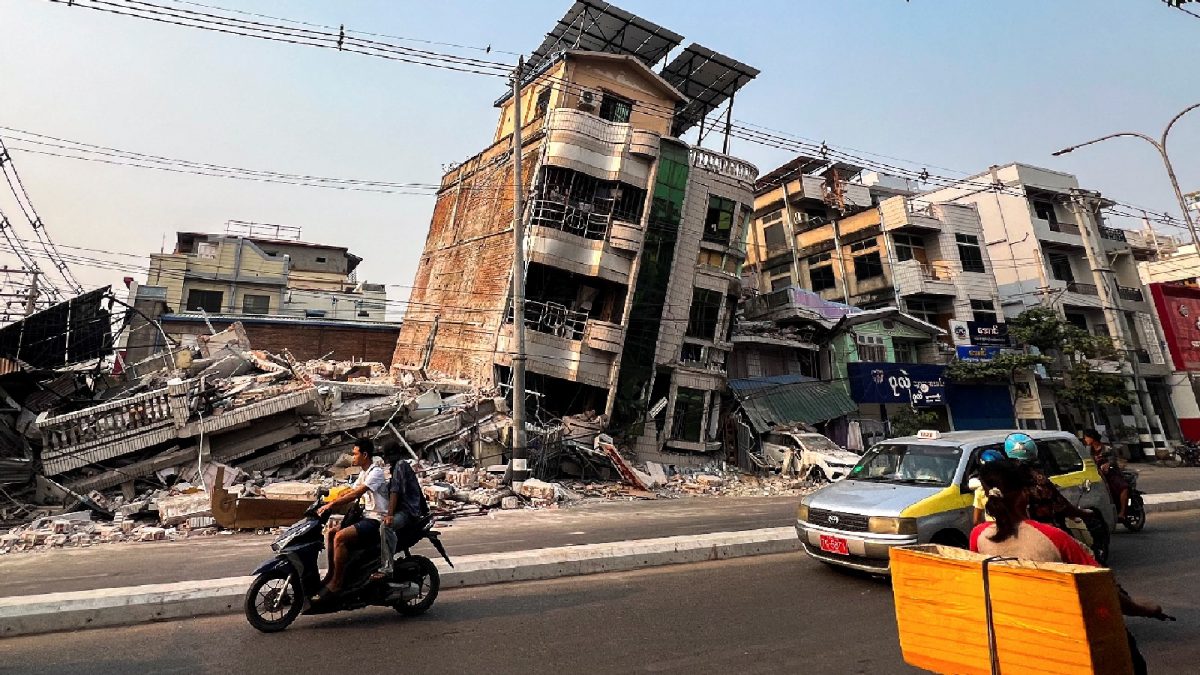Search teams recovered the bodies of the three soldiers aboard the helicopter.
Nearly a week after a midair collision between a commercial jetliner and an Army Black Hawk helicopter near Washington’s Ronald Reagan Airport, investigators are piecing together the events that led to the deadliest US air disaster since 2001. The crash, which killed all 67 people on board both aircraft, has raised critical questions about air traffic control procedures and flight safety protocols.
Timeline of the Disaster
January 29: The Collision
American Airlines Flight 5342, carrying 64 passengers and crew members, began descending to land at Reagan around 8:15 p.m. At the same time, the Army Black Hawk helicopter, identified as PAT25, was flying south over the Potomac River.
At 8:46 p.m., air traffic control alerted the helicopter crew of an approaching CRJ jetliner flying at 1,200 feet. The helicopter pilot confirmed visual contact and requested a “visual separation” to move closer to the jet. However, just one minute later, a sudden explosion lit up the night sky as both aircraft collided and plunged into the river.
January 30: Recovery Efforts Begin
By the next morning, President Donald Trump confirmed there were no survivors. Search teams recovered the bodies of the three soldiers aboard the helicopter. Debris from the plane began washing ashore, including flight manuals and cabin parts. Investigators secured the aircraft’s cockpit voice recorder and flight data recorder for analysis.
January 31-February 1: Victim Recovery Continues
Police and dive teams worked through rain and choppy waters to recover victims. By January 31, 41 bodies had been retrieved from the river. Two deceased soldiers were identified as:
Staff Sgt. Ryan Austin O’Hara, 28, crew chief, Georgia
Chief Warrant Officer 2 Andrew Loyd Eaves, 39, pilot, Maryland
By February 1, the third soldier was identified as Capt. Rebecca M. Lobach, described by colleagues as “a brilliant and fearless leader.”
Officials are now reconciling contrasting altitude data from the two aircraft. Initially waterlogged, the black box from the Black Hawk is being assessed for flight data.
February 2-4: Recovery and Wreckage Removal
By February 2, 55 bodies had been found, with officials confident of locating the remaining victims. Salvage crews lifted major aircraft parts from the Potomac while ensuring a dignified recovery process.
On February 3 and 4, large sections of the jetliner including its engine, wings, and cockpit, were recovered and transported to a hangar for further investigation. All 67 victims were confirmed to have been recovered, with only one yet to be identified.
What’s Next?
As authorities analyze new data, the focus remains on whether human error, miscommunication, or technical failures contributed to the tragedy. While the final report may take months, families of the victims are urging swift action to prevent such a disaster from happening again.
Published By:
Rivanshi Rakhrai
Published On:
Feb 5, 2025

 1 month ago
1 month ago


















